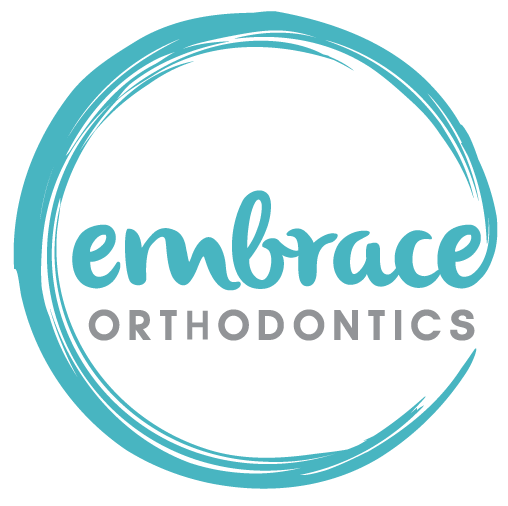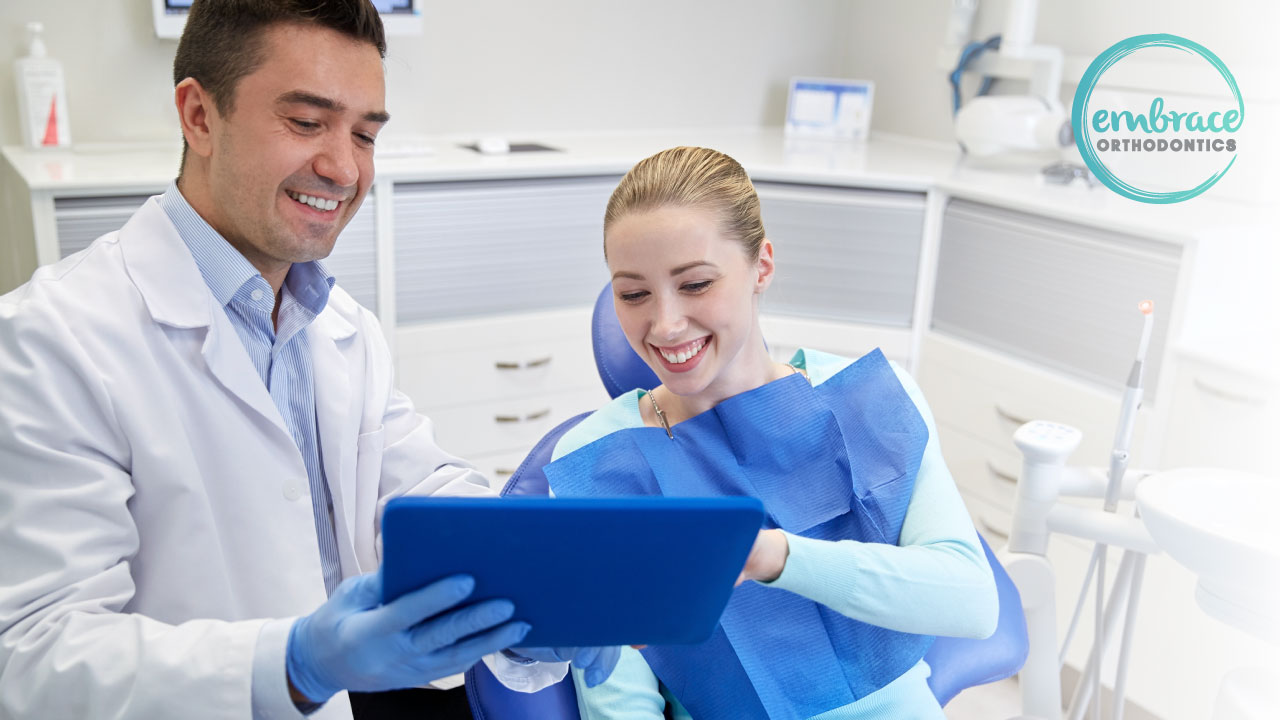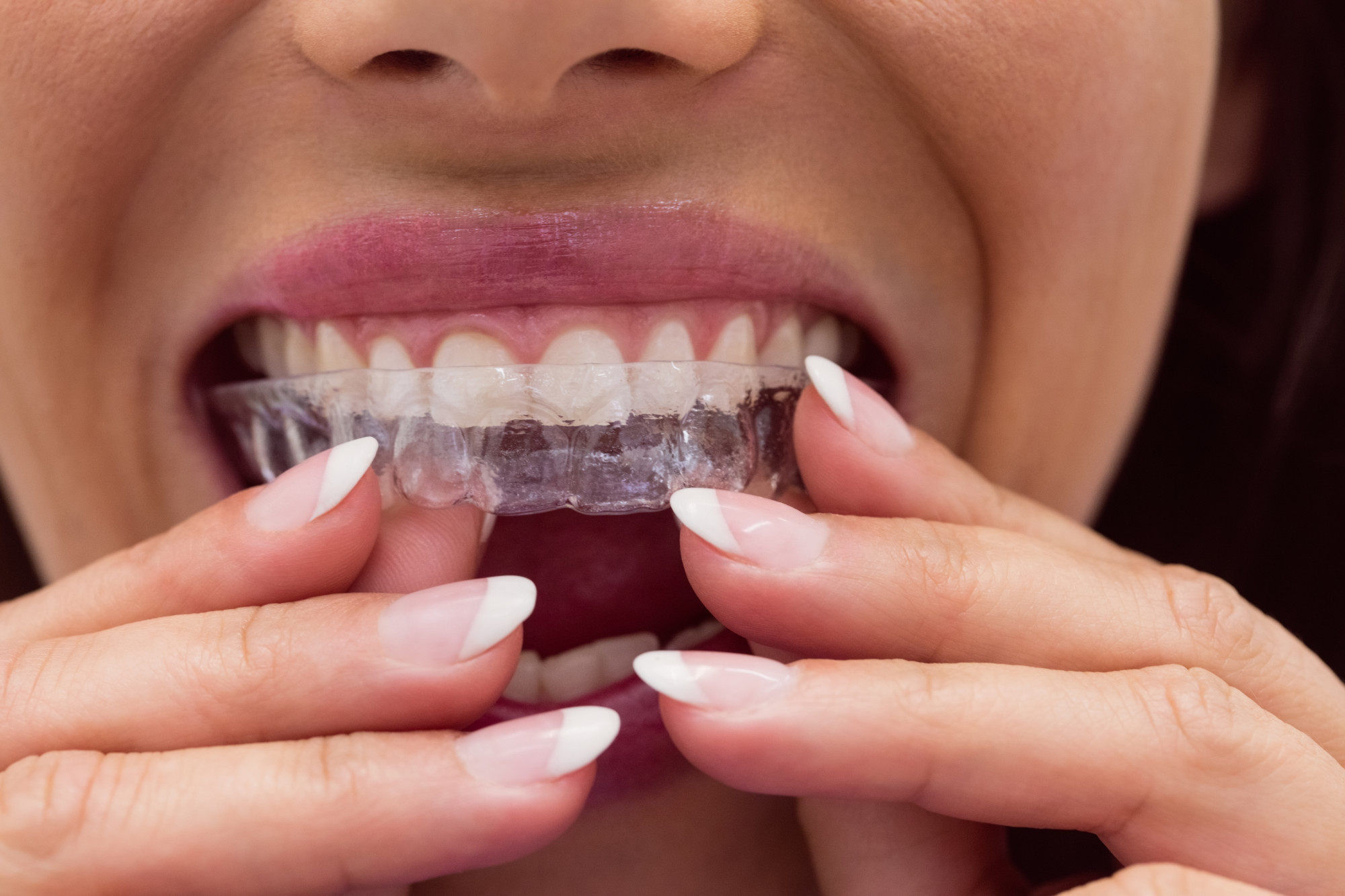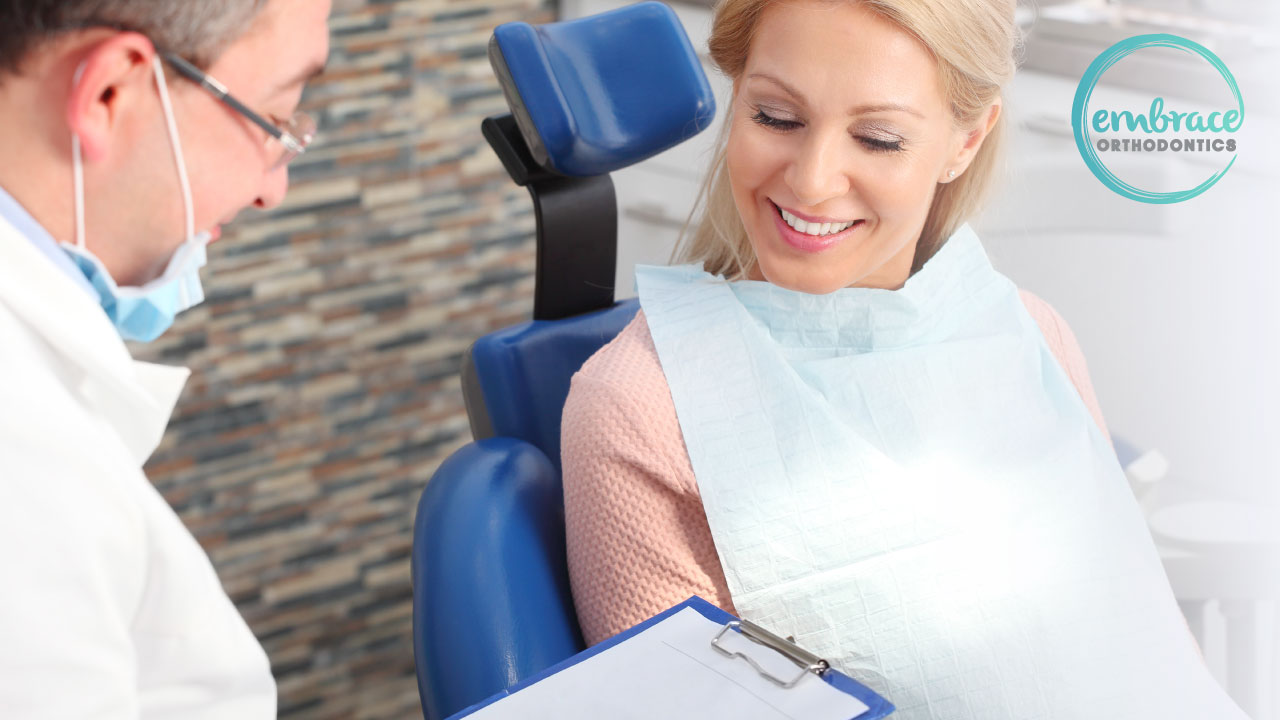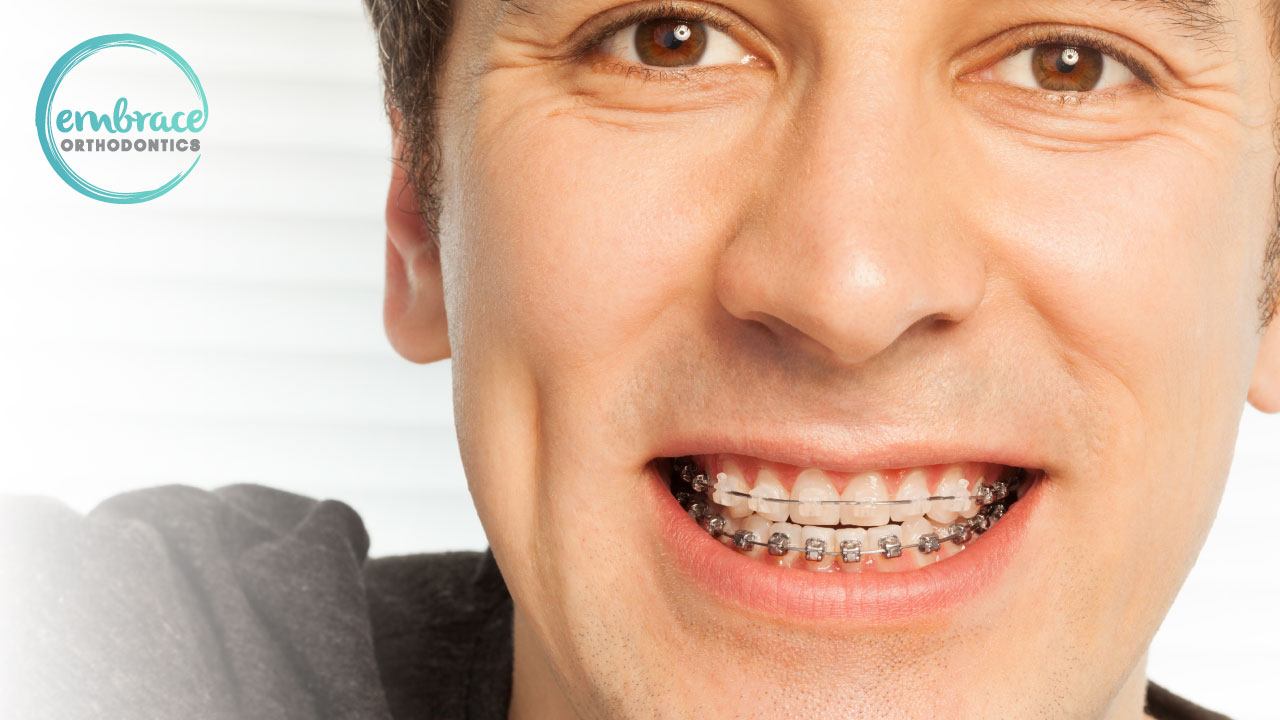What Is the Best Age for a First Orthodontic Visit? A Short Review of Early and Preteen Orthodontics Treatment
When we talk about beautiful smiles, we talk about Orthodontics. Yet, Orthodontics goes far beyond having just a beautiful smile. Orthodontics’ primary concern is to enhance the functionality of teeth. Therefore, we must revise its benefits on a patient’s health.
Oral hygiene improves after Orthodontic treatment. Aligned teeth are easier to brush and floss. In addition, aligned teeth help alleviate excessive pressure over a specific tooth that might lose enamel and tend to chip or crack. Therefore, teeth alignment is a preventive measure that can save a young patient from costly oral treatments in adulthood.
Orthodontics helps improve digestion. People that undergo Orthodontic treatment chew food better, preventing health-related problems in the future. Orthodontics also has a significant impact on the psychological side of patients. Aligned teeth improve self-esteem and self-confidence in young people.
Reasons Why Your Child Needs Orthodontics?
Orthodontists agree on treating Orthodontic issues after all permanent teeth sprout. Still, there are severe cases where taking early action can result in more significant benefits for your kiddo.
The critical concept is interception which refers to preventively eradicating the root of the problem. Interception also refers to controlling the growth of the jawbones; this helps clear enough space for permanent teeth to sprout in a suitable place.
The aforementioned is the first of a two-stage process. As the first step finishes, the second incurs on orthodontic appliances. Intercepting is part of early Orthodontics. The American Association of Orthodontics recommendation is to have a conservative approach, considering only serious problems, as not all cases are susceptible to being treated with early Orthodontics.
Early Orthodontics is part of a planned process with effective results in the long term. As previously mentioned, Early Orthodontics is a two-phase project that seeks to minimize the impact of more invasive Orthodontics on teens. Accordingly, cases treated with this perspective include:
Causes Related to Teeth Sprouting and Correct Spacing
Cases of this sort include excessively spaced, crowded, extra, or missing teeth. For instance, crowded teeth impede permanent teeth from growing or entering their proper space. There are also cases where teeth meet abnormally or do not meet.
Protruding Front Teeth
Early childhood habits like thumb sucking or tongue thrusting sometimes affect the teeth or jaw growth.
Underbites or Overbites
Underbites or Overbotes are the results of jaw misalignment. For instance, as with underbite, the lower front teeth are ahead of the upper front teeth.
Crossbites
Crossbites cause an asymmetrical growth of a child’s jaws or the jaw shifts to one side
A jaw or Dental Trauma
Accidents in childhood mainly cause jaw or Dental Trauma.
Various causes provoke one or some of the problems mentioned above. In some cases, kids inherit these conditions, some others develop as part of habits, and in many cases result from dental diseases or accidents.
A precise diagnosis, resulting in determining a severe issue that requires Interception or Early Orthodontics, helps define the need for a removable appliance or an alternative treatment during the first stage.
For instance, removing baby teeth sometimes help permanent teeth sprout in a better-aligned fashion. In addition, precise timing optimizes the development according to the kid’s age.
Underbites or Overbiteshow Effective Is Orthodontics in Teens?
Effectiveness and lesser stress depend on the early detection of severe abnormalities in many cases. As a fact, delaying treatment after permanent teeth erupt or facial growth might make dealing with alignment correction more problematic.
In short, Early Orthodontic Treatment comprises a two-level process briefly described below:
First Level Early Orthodontics.
The first level is mostly about minimizing the impact of a severe Orthodontic problem on time. At this level, a Pediatric Orthodontist defines a path for a child’s jaw and facial growth using an Orthodontic appliance. First Level Early Orthodontics resolves the potentially most complex part of a whole Orthodontic process, as it works while the child is still growing. The excellent news is this level last between six months to one year. Ann Arbor Orthodontists can recommend using an assortment of appliances for this purpose, and according to each case:
- Braces;
- An Orthodontic expander;
- Specialized retainers, or;
- Space maintainers.
Second Level Orthodontics
The second phase starts in the preteen years once all permanent teeth are out. The most critical part has already passed with the First Level Orthodontics as spaces are there, and now it is all about teeth functionality and efficiency.
Second Level Orthodontics starts with designing a smile and implementing one of the many types of braces or clear aligners such as Invisalign Teen. Second Level Orthodontics requires one to two years for a complete and successful treatment.
Cases that are not severe and do not require a two-phased Early Orthodontic treatment might sometimes include Braces or Clear Aligners during teen years. However, corresponding with the age and severity of cases, traditional braces remain the most effective for Early Orthodontic Treatment as those cases, as its name implies, are severe. Other favorable reasons to use conventional braces include:
Conventional Braces Are Bonded to Teeth
Your child will not be able to remove them, which ensures the constancy of the entire treatment.
Affordability
Conventional braces include different kinds. The original and least expensive remain stainless-steel braces that are aesthetically the less likable. However, some options are more attractive, including ceramic or tooth-colored that mimic tooth tone and lingual placed at the back of teeth. Nonetheless, all of these options are excellent choices for their effectiveness.
Braces Are More Efficient Based on a Case-By-Case Analysis.
Early treatment, as discussed, can start even before your kid gets braces, and soon detection of problems helps in shorting treatment time on preteen or teen years. Cases differ on their level of gravity, and braces are optimal for issues like raising teeth to match their height or rotated teeth.
At What Age Should a Child First Visit an Orthodontist?
The American Association of Orthodontists recommends having a first Orthodontics check-up at seven. However, from a case/age perspective, Early Orthodontics might start from ages 6 to 10 to treat problems like jaw shift, traumatic occlusion, and habit-related problems, creating space for permanent teeth to erupt with fixed or removable appliances.
In some cases, depending on the maturation level and a case-by-case Orthodontist analysis. For example, at age seven, a child has the first permanent molars showing the back bite, along with a side-by-side review and front-to-back relationship to have a perspective of future needs.
Early Orthodontics might require a Growth Modification Treatment during preteen years between 9 to 12 years old. However, some comprehensive orthodontic treatments can start at the age of 11.
Types of Orthodontic Appliances
We briefly suggested some appliances used for Orthodontic treatment. Next, we will review the different options for Early Treatment and Orthodontic treatment during teen years.
Conventional Stainless-Steel Braces
They are the most common and original braces that have already accompanied us for several decades. They consist of a system composed of metal brackets and wires periodically tightened up by an Orthodontist to exert controlled stress over teeth. Applied pressure moves teeth in a modeled fashion to favor alignment during a time that depends on the severity of each case.
Ceramic or Tooth-Colored Braces
Ceramic or Tooth-colored braces apply the exact mechanism as Stainless-Steel Braces. However, ceramic braces are less evident insight.
Lingual Braces
The primary and most crucial difference between Lingual braces is their placement. Lingual braces are glued to the rear of teeth, making them invisible while smiling. However, practicing proper Oral Health habits is more complex than other appliances.
Invisalign
Invisalign is a referent of clear appliances. Invisalign’s innovative system includes 3D imaging to model clear, state-of-the-art plastic trays perfect for most Orthodontic treatments. However, Invisalign might not suit severe Orthodontic problems. Therefore, conventional braces remain the most recommended appliances to deal with complex and comprehensive Orthodontic treatments.
Our Embrace Orthodontics team is ready to talk to you about your questions or concerns regarding your kid’s Orthodontics needs. In addition, we will be glad to book a free consult and review all possible options to create a beautiful, healthy, and happy smile for your kid.
